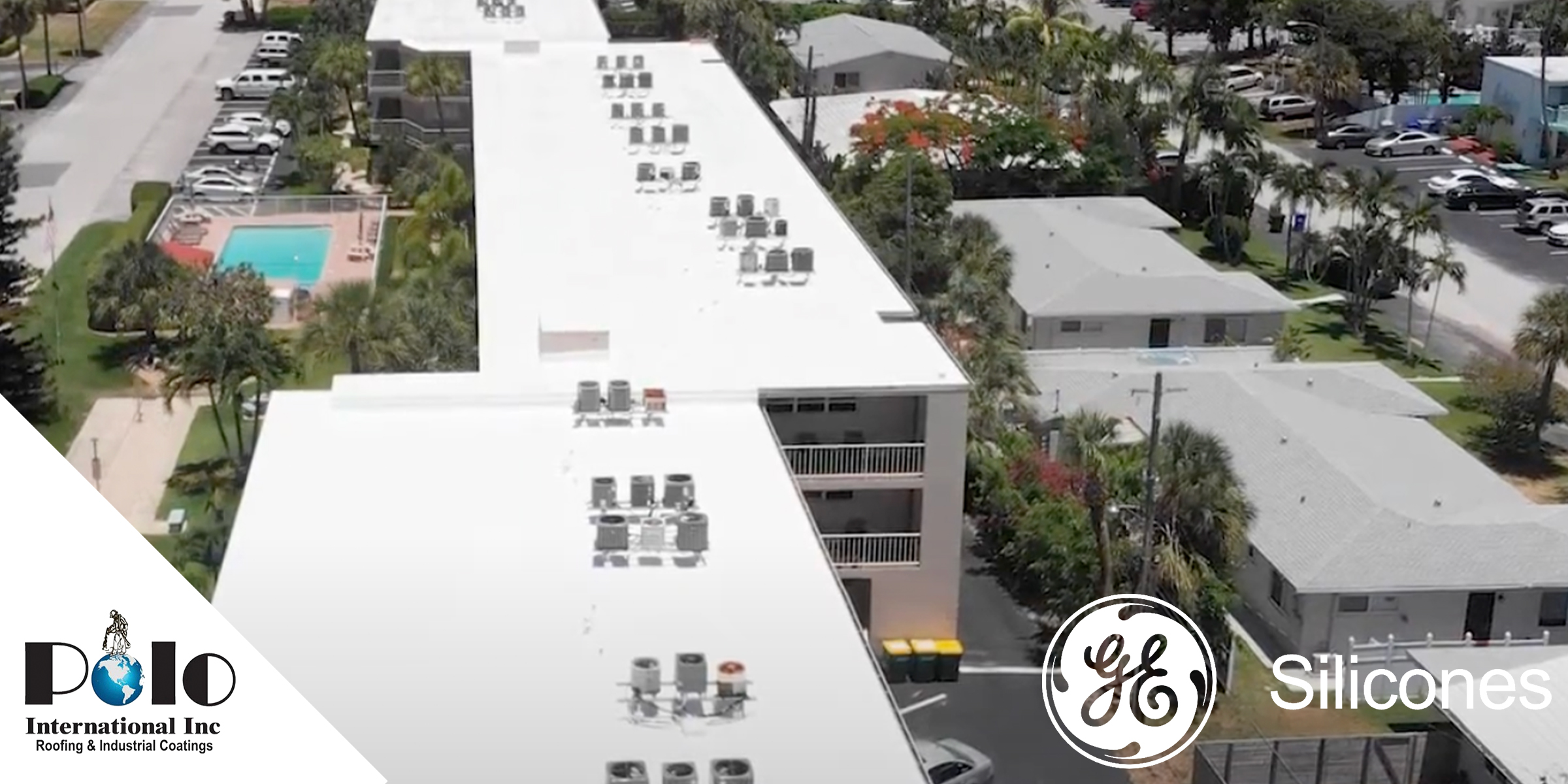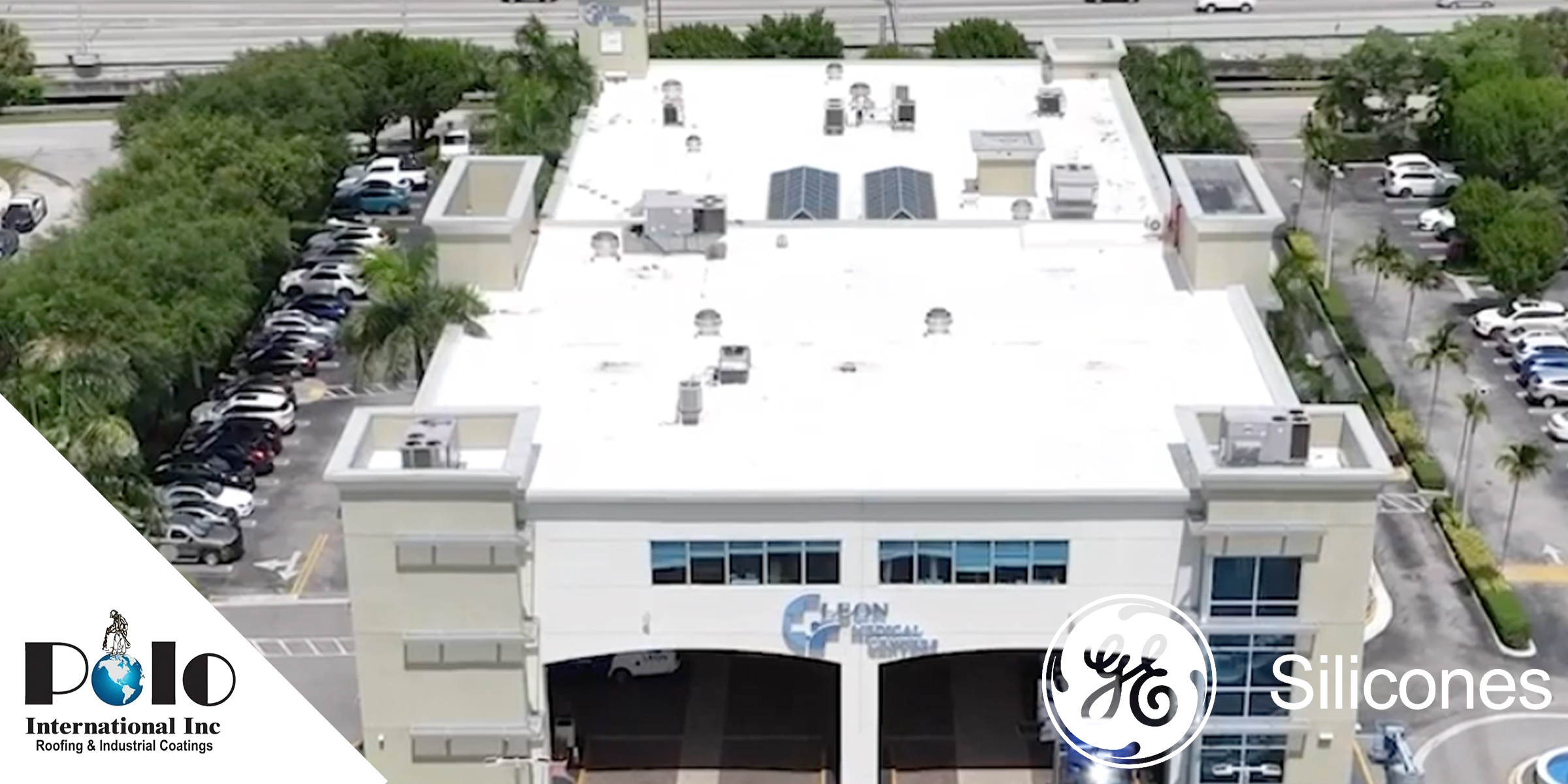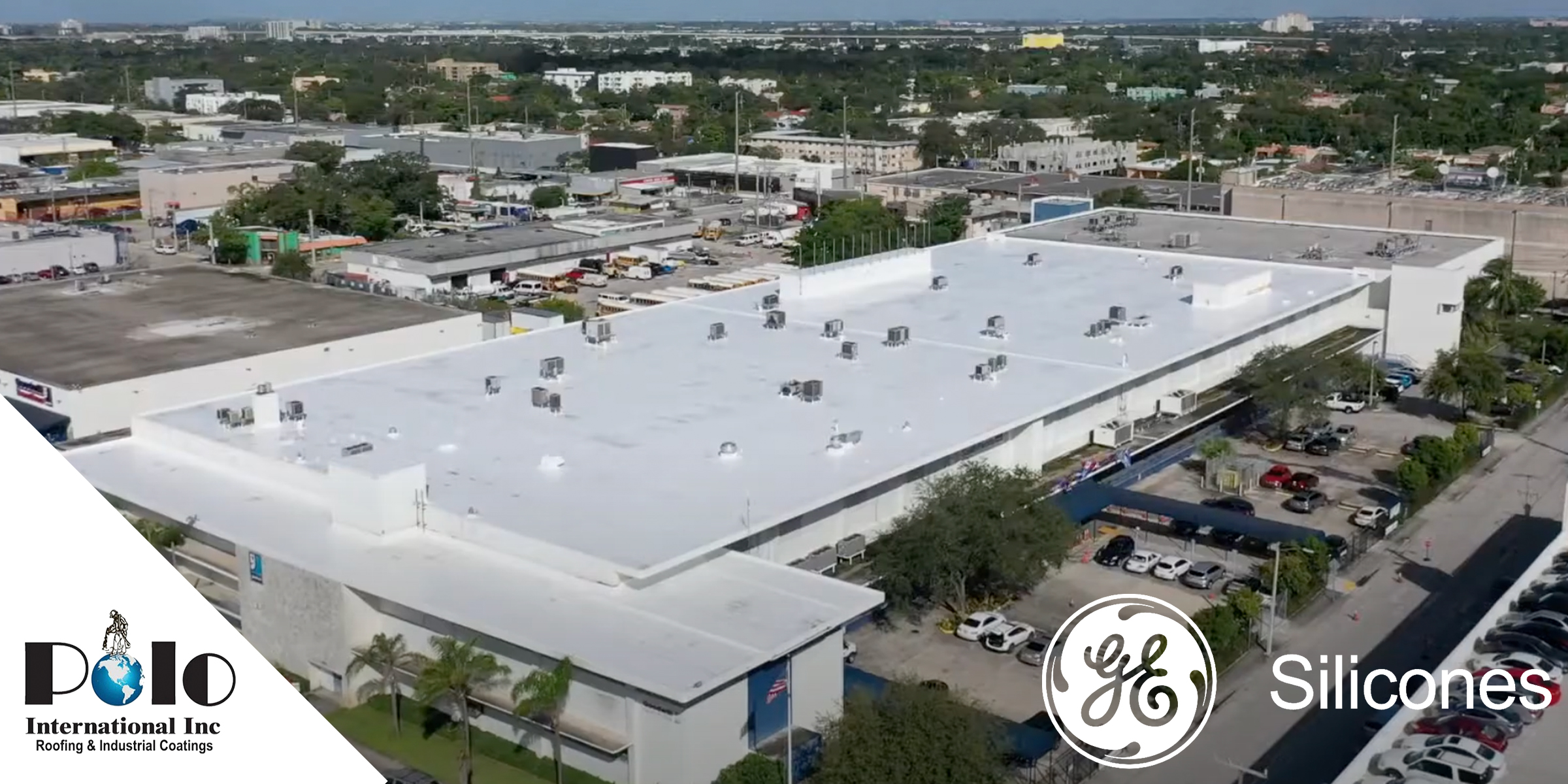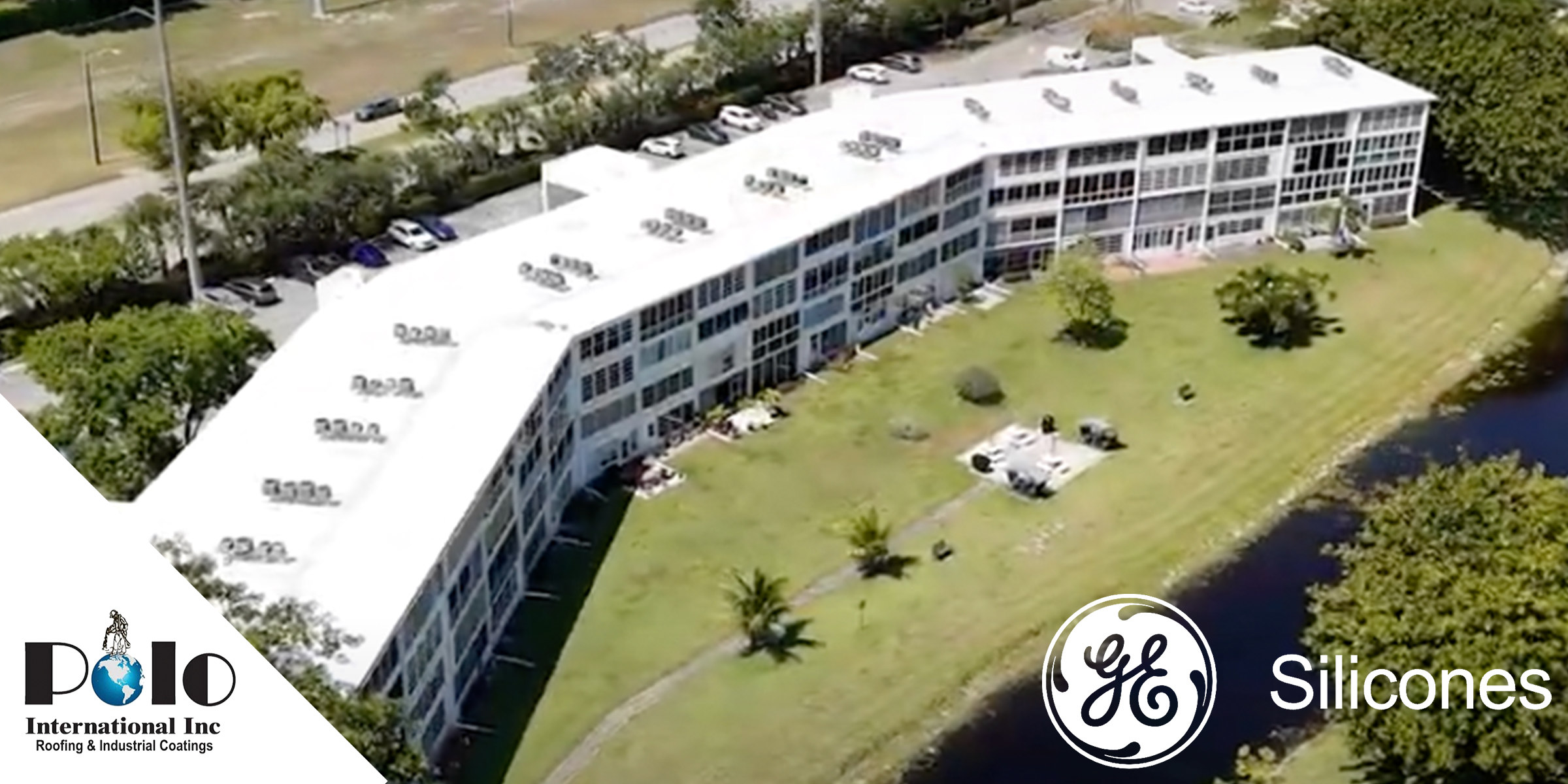
Calculating the ROI of Spray Foam Roofing Installation: A Strategic Investment for Commercial Properties
How can upgrading your commercial roof significantly impact your bottom line? For commercial properties, the roof is not only a protective cover but also a strategic investment capable of yielding substantial returns. Evaluating this investment requires understanding the costs and long-term savings associated with roof coatings versus replacements. Spray Polyurethane Foam (SPF) roofing has gained popularity for its durability, energy efficiency, and ability to strengthen buildings against harsh weather. But what is the financial return of choosing SPF roofing over traditional systems?
This article examines the financial performance of spray foam roofing by analyzing initial costs against long-term savings. Key factors influencing the ROI of SPF roofing include energy savings, reduced maintenance costs, and extended roof lifespan. With sustainability and cost-efficiency becoming crucial in property management, informed decisions about roofing systems can significantly optimize building operational costs.
ROI Calculation for Spray Foam Roofing
Calculating the return on investment (ROI) for SPF roofing installations involves measuring direct cost savings, intangible benefits, and long-term impacts. Here are the primary ROI calculation methods:
1. Energy Efficiency Savings
SPF roofing offers superior insulation, reducing heat transfer and lowering energy costs for heating and cooling. By comparing pre- and post-installation energy bills, property managers can measure immediate savings. Over time, these reductions contribute to a substantial ROI.
2. Maintenance Cost Reduction
Traditional roofing systems often require frequent repairs due to leaks, structural wear, and weather damage. SPF’s seamless application prevents common issues, reducing maintenance expenses significantly. Analyzing historical repair costs against projected maintenance for SPF roofs provides a clear picture of financial benefits.
3. Longevity and Durability
SPF roofing systems are designed to last decades with minimal maintenance. Their resistance to weathering and thermal expansion reduces the frequency of replacements, deferring significant capital expenditures. This extended lifecycle directly impacts ROI by spreading initial costs over a longer timeframe.
4. Property Value Enhancement
Energy-efficient and durable roofing systems can increase property valuation. Enhanced valuations improve equity and marketability, making SPF roofing an attractive choice for owners aiming to boost asset value.
5. Tax Incentives and Rebates
Many jurisdictions offer tax incentives or rebates for energy-efficient building upgrades like SPF roofing. These incentives directly offset installation costs, further enhancing ROI. Researching available programs ensures that property managers maximize their financial returns.
6. Insurance Savings
SPF roofs’ durability and weather resistance can lead to lower insurance premiums. By consulting insurers, property managers can calculate potential reductions in premiums and include these savings in ROI assessments.
7. Tenant Retention and Marketability
For leased properties, improved energy efficiency and indoor comfort can attract and retain tenants. Higher occupancy rates and increased rental income offer additional ROI benefits.
Long-Term Savings from SPF Roofing
SPF roofing systems deliver significant long-term financial advantages, often offsetting their initial costs within a few years:
1. Energy Efficiency
SPF’s insulation properties minimize energy use for heating and cooling. For commercial properties in cities like Phoenix, AZ, and New York, NY, SPF roofing moderates seasonal extremes, reducing energy costs by up to 30% in some cases.
2. Reduced Repair and Replacement Costs
The durability of SPF roofs significantly lowers the need for repairs and replacements. Their seamless barrier prevents leaks and water damage, which are common issues with traditional roofing systems.
3. Longevity with Re-Coating
SPF roofs can be easily re-coated, extending their lifespan without the need for full replacement. This adaptability provides a cost-effective way to maintain the roof’s protective benefits.
4. Insurance Premium Reductions
Insurance providers often reward durable roofing systems with lower premiums. These cumulative savings enhance SPF’s financial appeal.
5. Sustainability and Environmental Benefits
SPF roofing reduces energy consumption and supports green building initiatives. By aligning with sustainability standards, properties may qualify for additional tax credits or incentives.
FAQs: ROI of Spray Foam Roofing Installation
How quickly can commercial properties see ROI from SPF roofing?
ROI from SPF roofing is often realized within 5 to 10 years, depending on energy savings, maintenance reductions, and durability benefits.
How should energy savings be factored into ROI calculations?
Estimate annual energy savings by comparing current utility costs with projected savings after installation. Factor these into the overall cost-benefit analysis for an accurate ROI calculation.
What are the typical costs of SPF roofing installations?
SPF roofing generally costs $4 to $7 per square foot, including labor. While slightly higher than traditional systems upfront, the long-term savings in energy and maintenance justify the investment.
Trusted manufacturers like GE Silicone, Carlisle, HENRY Co, and Everest Systems meet these demands with advanced spray foam products expertly applied by Polo International.
Takeaway
Spray foam roofing offers exceptional ROI by reducing energy expenses, minimizing maintenance, and extending roof lifespan. Additional benefits such as tax incentives, insurance savings, and property value enhancement make SPF a strategic investment for commercial properties. By adopting SPF roofing, property managers can align financial goals with sustainability, transforming roofing systems into valuable assets that deliver long-term economic benefits.




